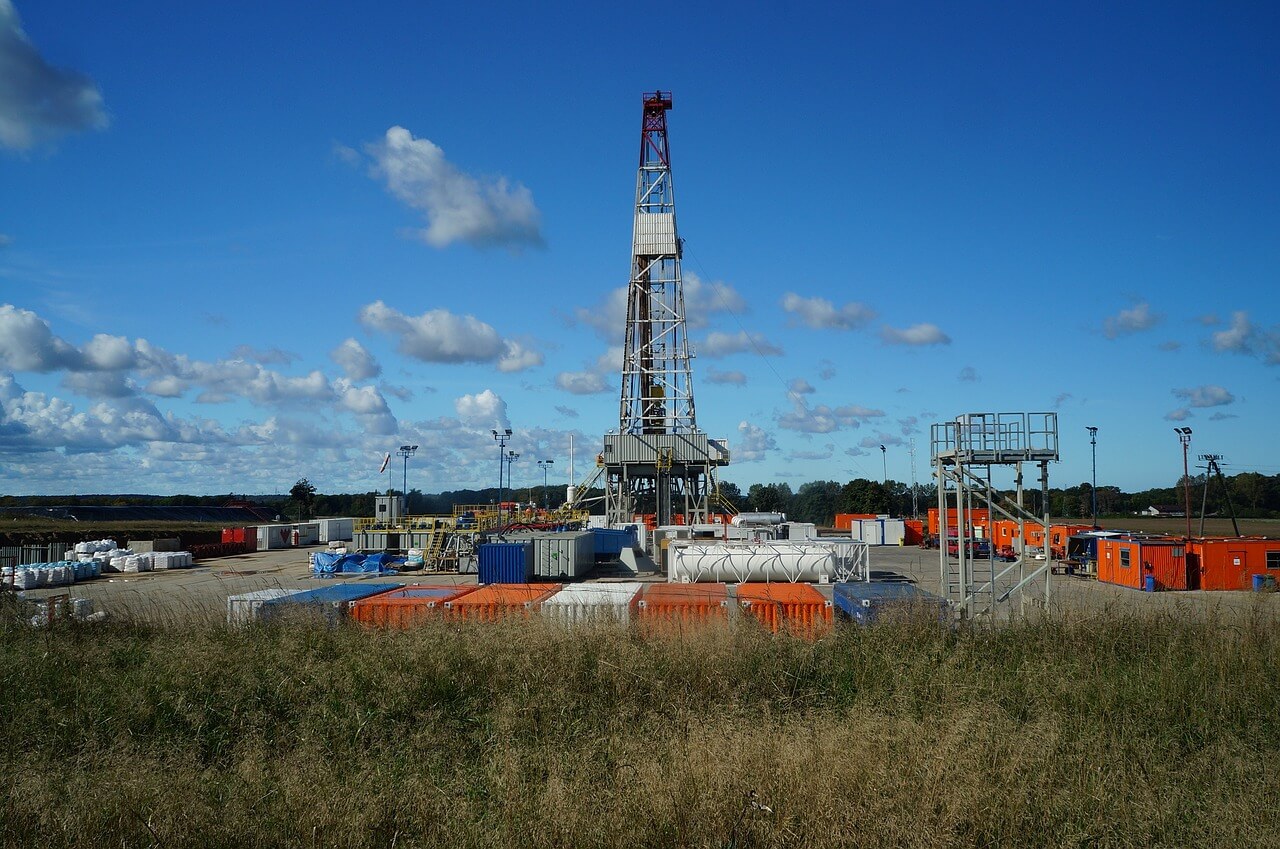
Between 2009 and 2011, the United States experienced three consecutive years of crude oil production increases for the first time since the early 1980s, as well as the largest surge in output within a three year period since the late 1960s. This marks a sharp reversal from conventional wisdom of only a few years ago, suggesting U.S. crude oil production was in a decades-long state of decline.
Occurring due to a perfect storm of prices, technology, and opportunity, this shift in domestic production is substantial, and has profound positive implications for the domestic economy. Namely, increased oil production will reduce the trade deficit, and the petroleum industry can play an important role in driving employment growth. However, these benefits are tempered by the realities of the global oil market, especially in light of continued instability in oil-producing regions, and soaring demand from China, India, and other emerging markets. Most importantly, the paper examines the myth of “energy independence,” underlining that even dramatic increases in domestic production cannot fully insulate the country from the costs of oil dependence, such as high prices and continued volatility, capital flows overseas, and the burden to the military in securing global oil supplies.
In The New American Oil Boom, SAFE addresses the following policy issues:
Furthermore, while encouraging policymakers to support increased domestic oil production, SAFE presents a number of long-term policy recommendations. To complement the benefits of the oil boom, vehicle fuel-economy standards, and a long-term transition away from petroleum based fuels in the transportation sector are essential steps the country must take towards breaking oil’s stranglehold over our economic and national security.
1111 19th Street, NW #406, Washington, DC 20036